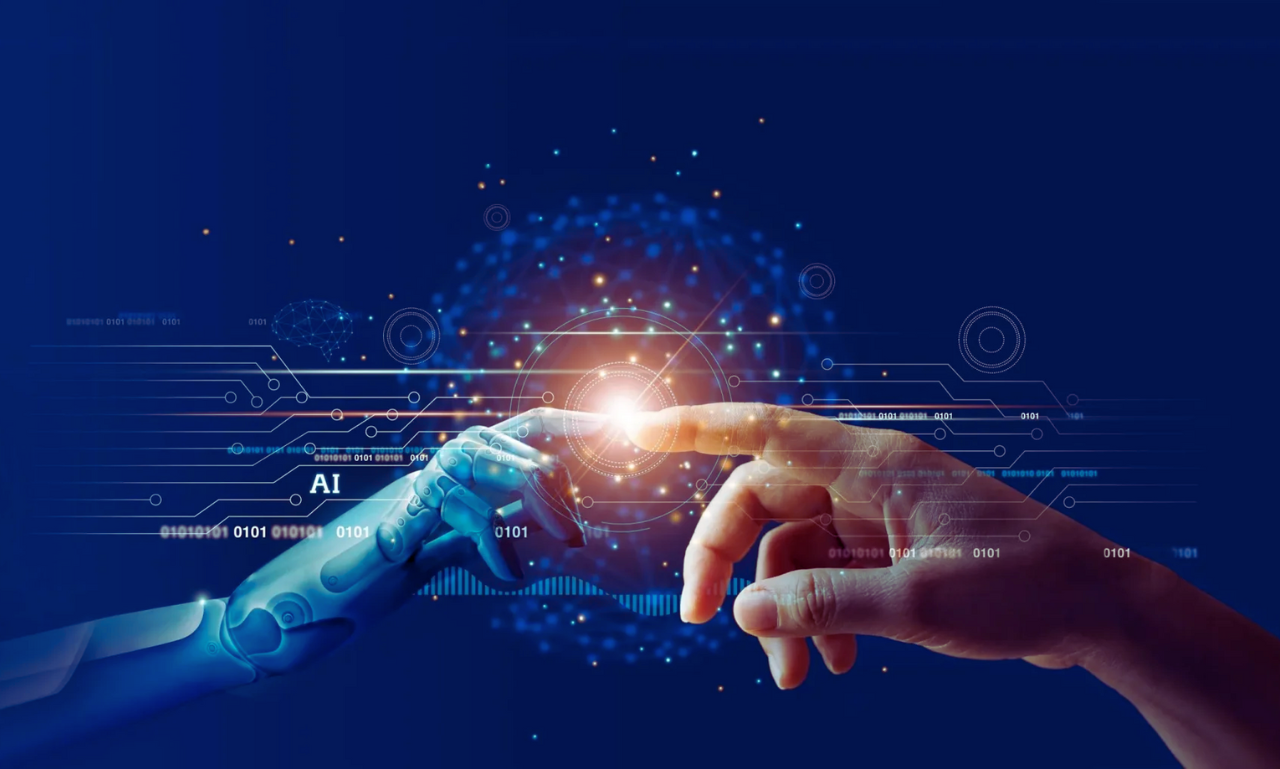Artificial Intelligence (AI) has shown remarkable advancements and potential in various fields, but it is essential to address the risks associated with its development and deployment. While AI has the potential to bring numerous benefits, there are concerns about the potential for destructive outcomes. Here, we explore the risks associated with destructive artificial intelligence and the measures to ensure ethical development.
Understanding Destructive Artificial Intelligence
Destructive artificial intelligence refers to AI systems or technologies that pose significant risks to humanity, society, or the environment. These risks can manifest in several ways:
- Autonomous Weapons: The development of autonomous weapons, such as drones or robots, equipped with AI capabilities, raises concerns about the potential for misuse or unintended harm. These weapons could make lethal decisions without human intervention, leading to catastrophic consequences.
- Malicious Use: AI-powered tools, if in the wrong hands, can be used for malicious purposes. Examples include AI-driven cyber-attacks, social engineering, or the creation of advanced malware that can bypass security systems, compromising privacy and security.
- Unintended Consequences: AI systems, even with the best intentions, can produce unintended negative outcomes. Bias or discrimination in AI algorithms, unintended automation of harmful actions, or unforeseen consequences in complex systems are some examples that could result in destructive effects.
Ensuring Ethical AI Development
To mitigate the risks associated with destructive artificial intelligence, it is crucial to prioritize ethical AI development and deployment. Consider the following measures:
- Transparency and Explainability: Foster transparency by making AI systems explainable and accountable. Ensure that AI algorithms and decision-making processes are transparent, interpretable, and subject to auditing. This allows for better understanding and identification of potential risks.
- Ethical Guidelines and Frameworks: Develop and adhere to ethical guidelines and frameworks that address the responsible and beneficial use of AI. Organizations and researchers should prioritize the well-being of humanity, respect for human rights, fairness, and accountability in AI development and deployment.
- Ethical Review Processes: Implement robust ethical review processes for AI projects, especially those with potential societal impacts. Evaluate the ethical implications of AI systems throughout the development lifecycle, considering factors such as bias, privacy, and potential harm to individuals or communities.
- Diverse and Inclusive Development Teams: Foster diversity and inclusivity within AI development teams. This ensures a broader range of perspectives and experiences, reducing the risk of biased or discriminatory AI systems.
- Ethical Data Usage: Prioritize ethical data collection, usage, and management. Ensure data privacy, informed consent, and responsible handling of sensitive information. Mitigate bias in AI algorithms by regularly auditing and refining data sources.
- Human Oversight and Control: Maintain human oversight and control over AI systems. Implement mechanisms that allow humans to intervene, override, or provide guidance when AI systems show signs of potentially harmful behavior.
- International Collaboration and Regulations: Encourage international collaboration among researchers, policymakers, and stakeholders to establish guidelines, standards, and regulations for AI development. Foster discussions on ethical considerations and potential risks to drive responsible AI innovation globally.
- Continuous Monitoring and Evaluation: Regularly monitor and evaluate AI systems to detect potential risks or unintended consequences. Implement mechanisms for ongoing monitoring, feedback loops, and iterative improvements to address emerging ethical challenges.
Conclusion
While destructive artificial intelligence presents risks, taking proactive measures to ensure ethical development can mitigate these dangers. Emphasizing transparency, accountability, and the well-being of humanity in AI development is crucial. By fostering collaboration, diverse teams, ethical guidelines, and ongoing evaluation, we can harness the power of AI while safeguarding against its destructive potential. It is our collective responsibility to shape the future of AI in a way that benefits society while minimizing the risks it poses.
